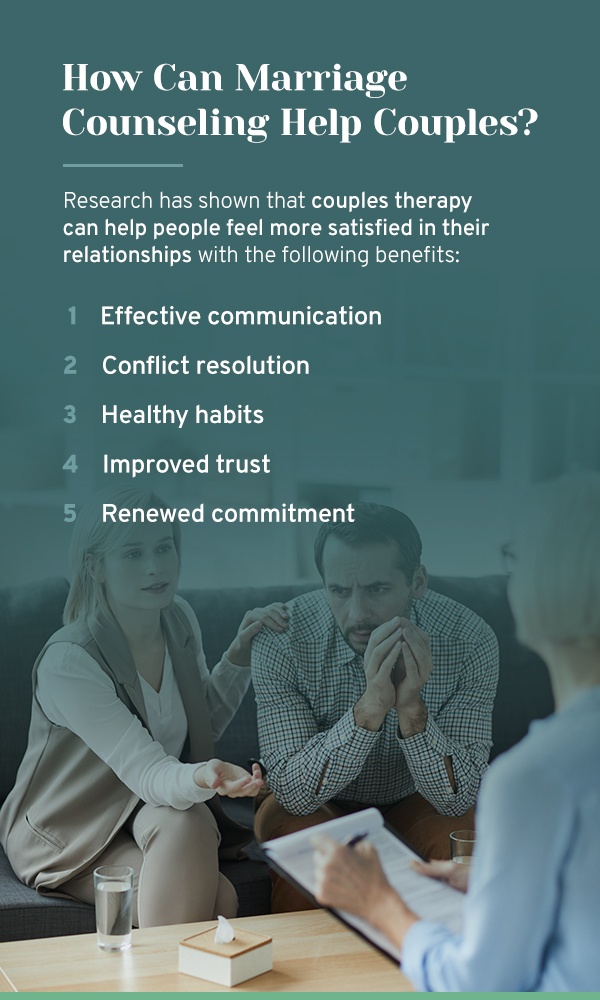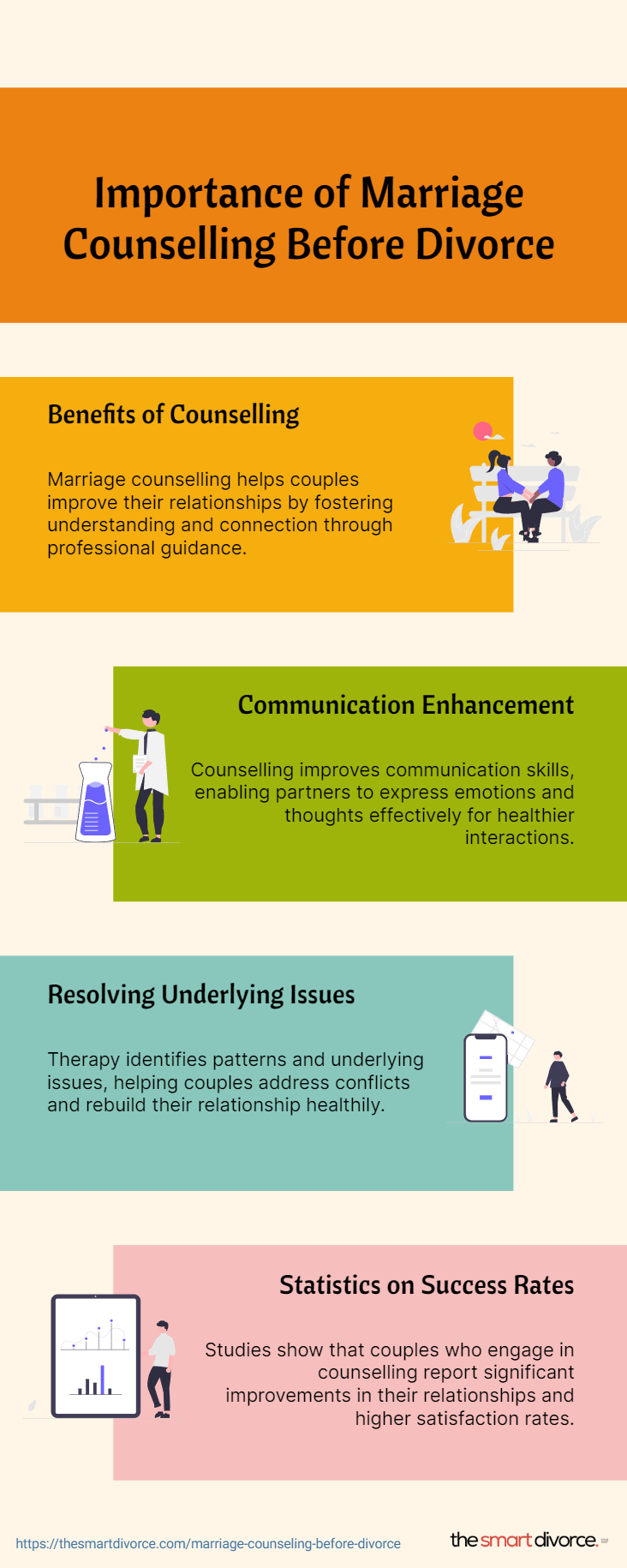The Aim Point Counseling Ideas
The Aim Point Counseling Ideas
Blog Article
Our Aim Point Counseling Ideas
Table of ContentsThe Greatest Guide To Aim Point CounselingThe Basic Principles Of Aim Point Counseling What Does Aim Point Counseling Mean?Facts About Aim Point Counseling RevealedThe Only Guide for Aim Point CounselingAim Point Counseling - An Overview
The longitudinal style includes a pre-treatment study and two follow-up studies at 3- and 12-months post-intervention. The research study is set in 8 Relationships Australia Victoria centres, throughout urban, external suburbs, and regional/rural websites. Relationships Australia, a non-government organisation, is the biggest provider of couple therapy and connection solutions in Australia.
In Australia, the typical length of marriage prior to separation is 8.8 years, and about fifty percent of all divorces involve pairs with children [1] These high rates of partnership breakdown have been regularly related to negative wellness effects for both adults and youngsters adhering to divorce/separation. These consist of seclusion from support networks, and lowered earnings and requirement of living for both adults and youngsters [3], issues of commitment over youngsters for males, and clinical depression and loss of identity for ladies [4,5]
The Basic Principles Of Aim Point Counseling
Longitudinal research studies additionally suggest that children of separation have a higher occurrence of mental problems, medicine and alcohol use, and dangerous sexual practices [7] Although the impacts of divorce and separation can be damaging, research shows that high partnership disharmony in intact pairs is also likely to have unfavorable outcomes.
Study to day has determined both pair and individual aspects that may contribute to connection disharmony. These consist of connection contentment and dedication at the pair level, and anxiety at the specific degree.
10 Easy Facts About Aim Point Counseling Described
For that reason, while most studies show improvements in relationship satisfaction complying with couple coaching, they are limited by the examples and actions made use of, mainly temporary follow-up amount of time, and analyses that do not account for the dyadic nature of pair information. Partnership commitment, based on actions such as the Dedication Inventory (CI) [19], is one more frequently investigated relationship outcome.
To summarise, study indicates that couple-specific variables along with private factors might predict the end results of couple therapy and relationship solutions. The causal direction of these connections, nevertheless, is less clear. These observations are vital, given that, to warrant and direct the application of relationship solutions such as couple therapy, empirical evidence has to explore both the outcomes of connection services and the variables that predict successful treatment.
There is an expanding agreement that efficacy research studies ought to be complemented by effectiveness research to best educate clinical method [ 29] The restricted performance research that exists to date recommends that couple coaching can enhance results such as partnership contentment [33,43], interaction abilities and basic wellness [44], at the very least in some European nations.

We currently know little about the profiles of couples who choose relationship education compared to christian marriage counseling those that look for partnership therapy, or the end results of these programs. However, unscientific proof recommends that there may be considerable distress amongst a minimum of some couples seeking connection education. Relationship education programs differ from couple coaching as they are commonly highly structured, conducted in groups, and focus on a mixture of four components; recognition, responses, cognitive change, and skills training [45]
Not known Incorrect Statements About Aim Point Counseling
Responses involves participants completing surveys regarding their partnership (e.g. measures of interpersonal issues), and receiving info on what their ratings indicate. Cognitive-behavioural approaches promote altering cognitions to assist in favorable relationships. These may include promoting reasonable attributions/expectations around negative partner behavior [46] Lastly, in abilities training, pairs participate in lectures or presentations on relationship abilities, and practise these during facilitator-led tasks [ 45]
These meta-analyses highlight limitations in the existing literature on relationship education and learning. This sample profile might not stand for customers that normally offer for partnership education.
Some Known Facts About Aim Point Counseling.

Very little study has actually checked out the relative advantages of couple coaching and connection education and learning programs. As customers are likely to self-select right into these service types, it is not clear whether particular connection distress profiles present to every service type, or undoubtedly whether there is an interaction in between providing profile, service type and end result.
(https://go.bubbl.us/e95604/6d15?/Aim-Point-Counseling)
Thus, we have actually included a 12-month follow-up to evaluate longer-term patterns and impacts. The research study makes use of a variety of standardized outcome steps because some previous examinations have been criticised for their absence of standardised assessment [50] The use of statistical evaluations that think self-reliance of data, such as t-tests, or ANOVAs, has been common in previous researches [ 44,49]
Therefore, we suggest to utilise multi-level analytical modelling treatments that control for the inter-dependence of couple data to assess any type of therapy impacts. The details aims of the ECC research are to: 1. Map profiles of clients looking for community agency-based couple therapy vs. relationship improvement programs in regards to socio-demographic and relationship signs (such as relationship contentment, partnership dedication, interpersonal troubles, and reasons for attending), in addition to health and wellness (such as clinical depression, general wellbeing) and wellness service usage (eg.
2. Identify whether couple therapy and relationship education and learning services boost 3- and twelve-month end results for connection fulfillment, commitment, and depression, utilizing analytical evaluations suitable to pair information. 3. Establish the loved one contributions of client aspects (individual and couple) and therapy/education variables to outcomes at 3- and 12-months, and to sustainability of end results in time.
Little Known Questions About Aim Point Counseling.
Multi-level modelling to establish pre-post distinctions, managing for dyadic (pair) degree. To contribute to the literary works examining the performance of community-based pair counselling.
Report this page